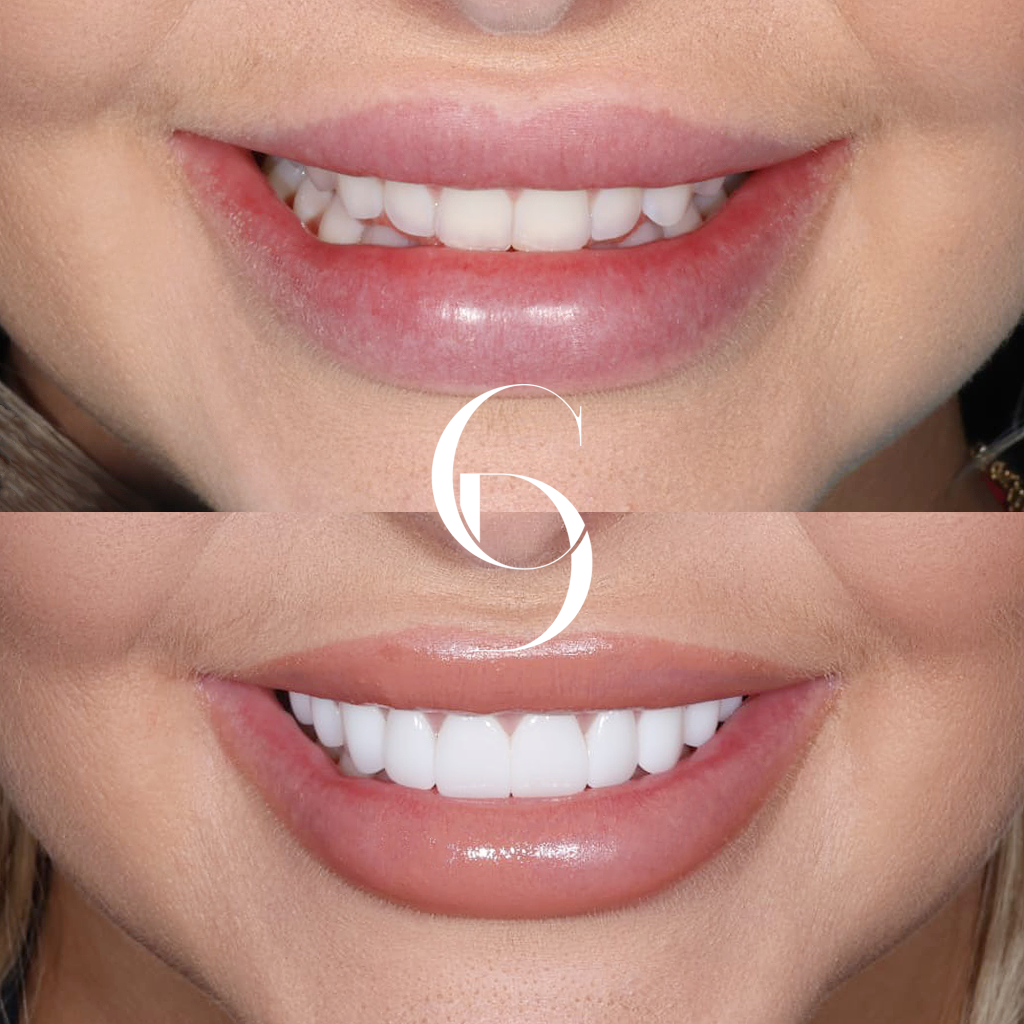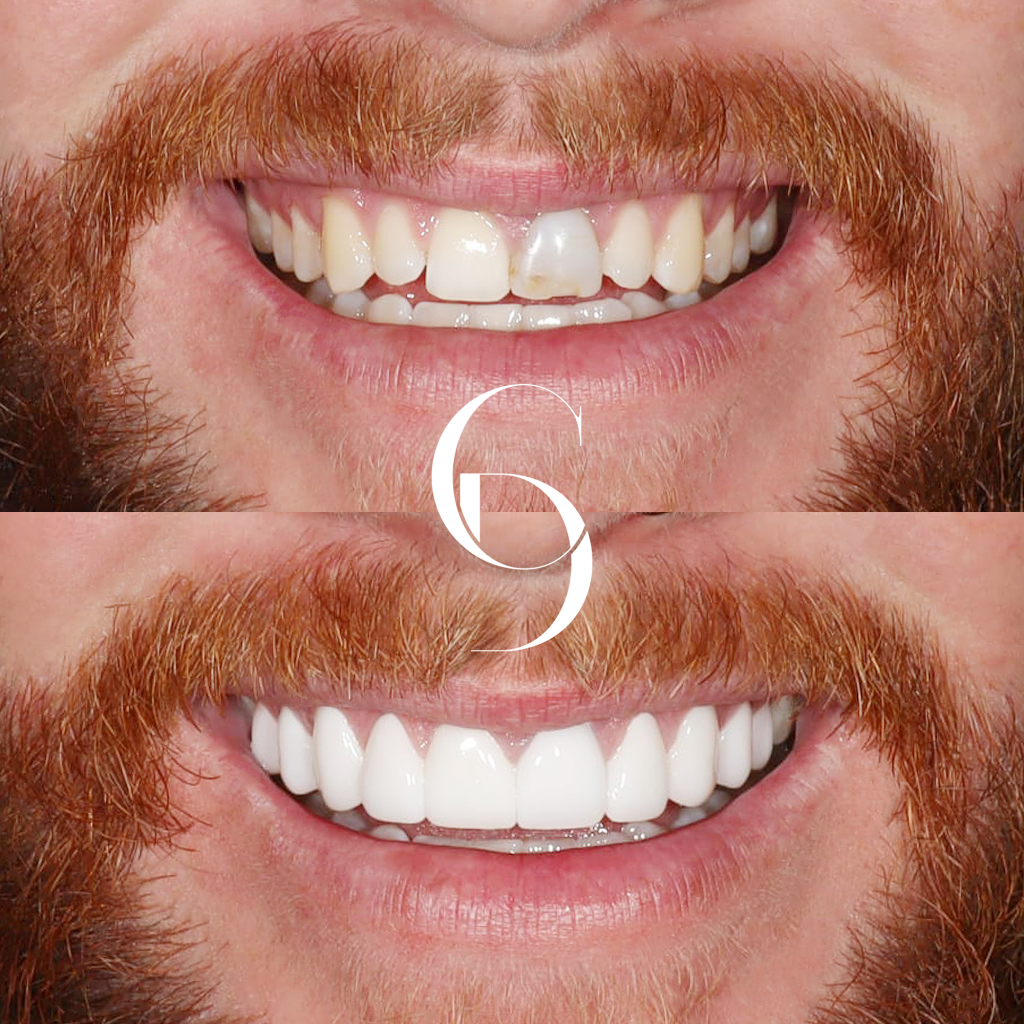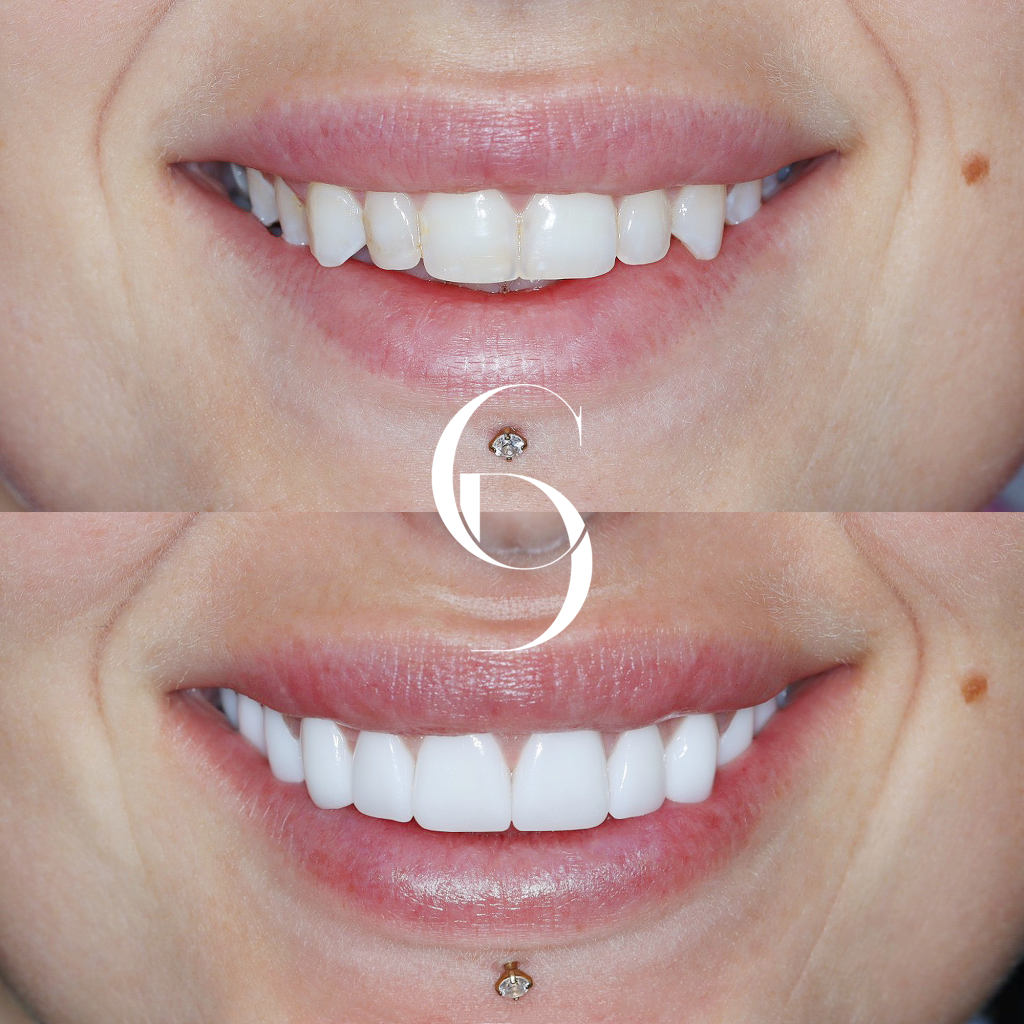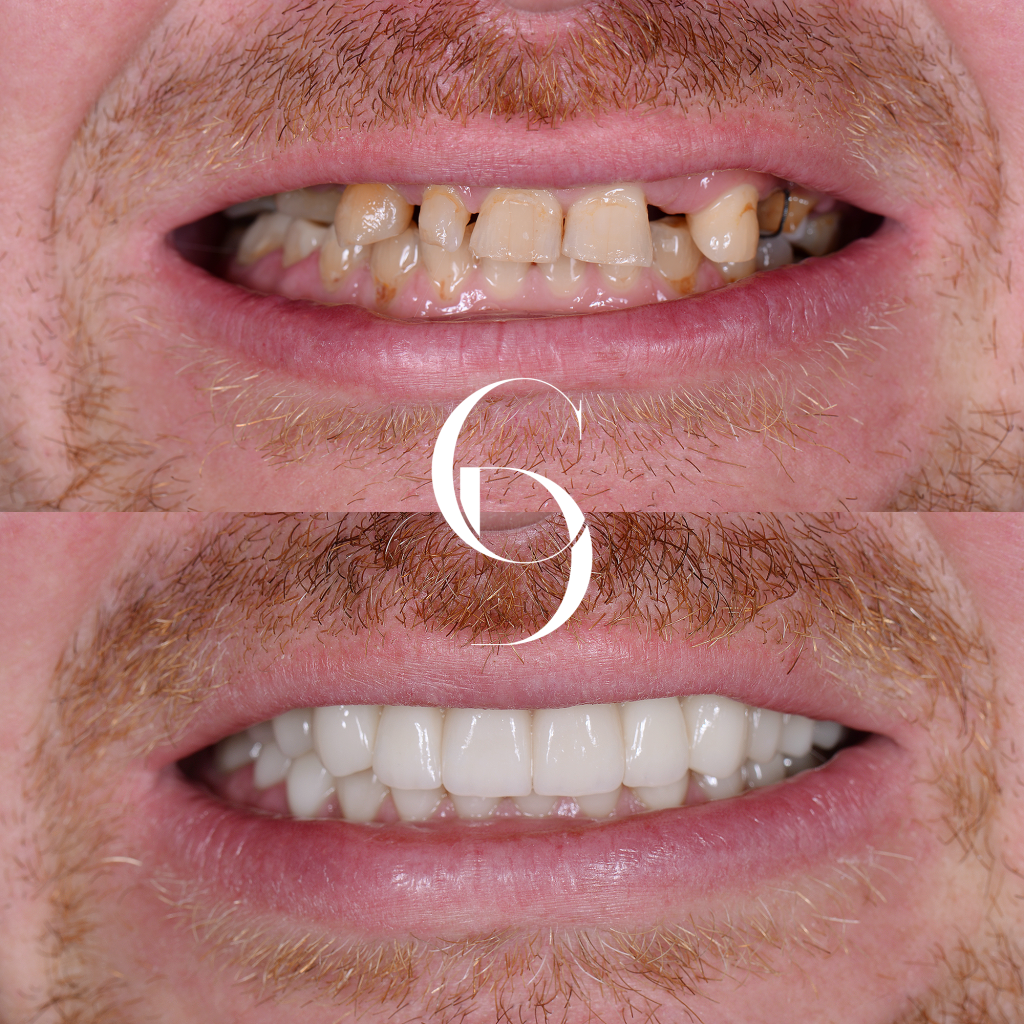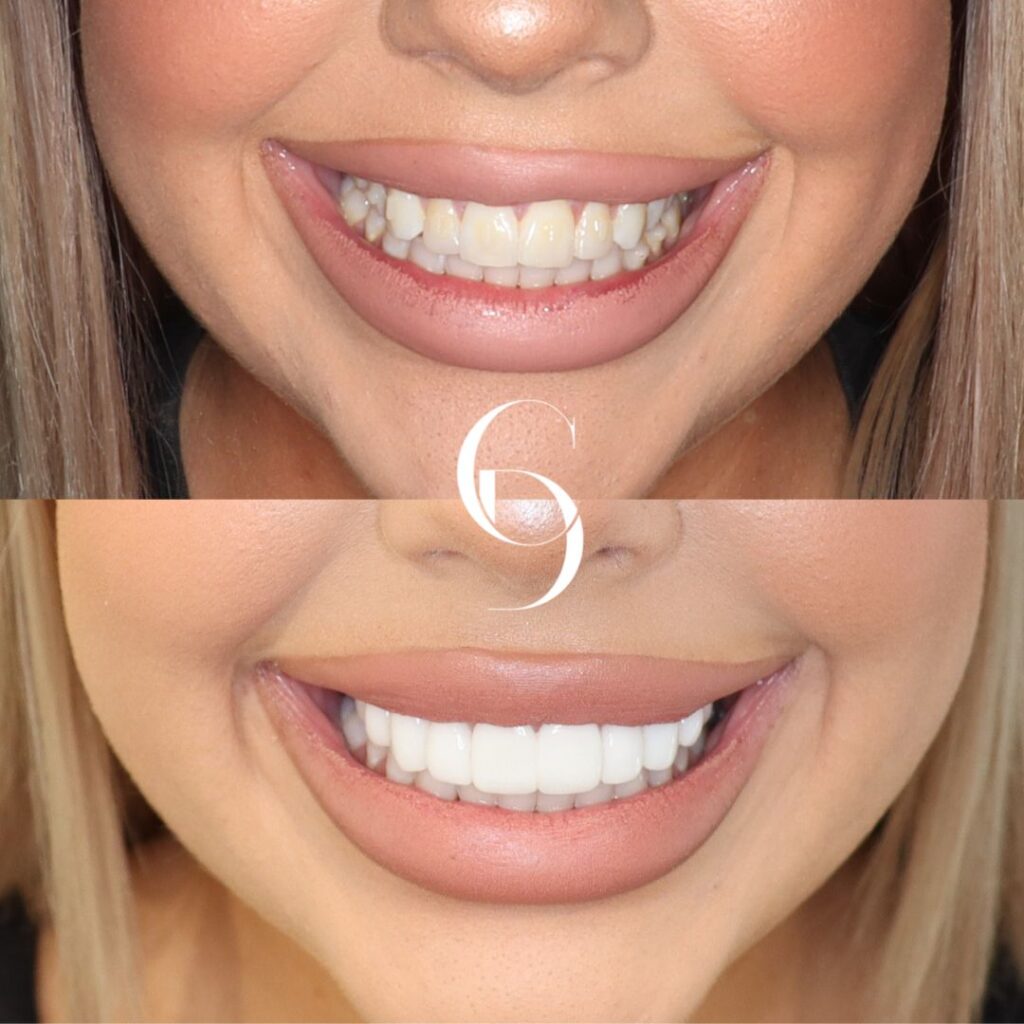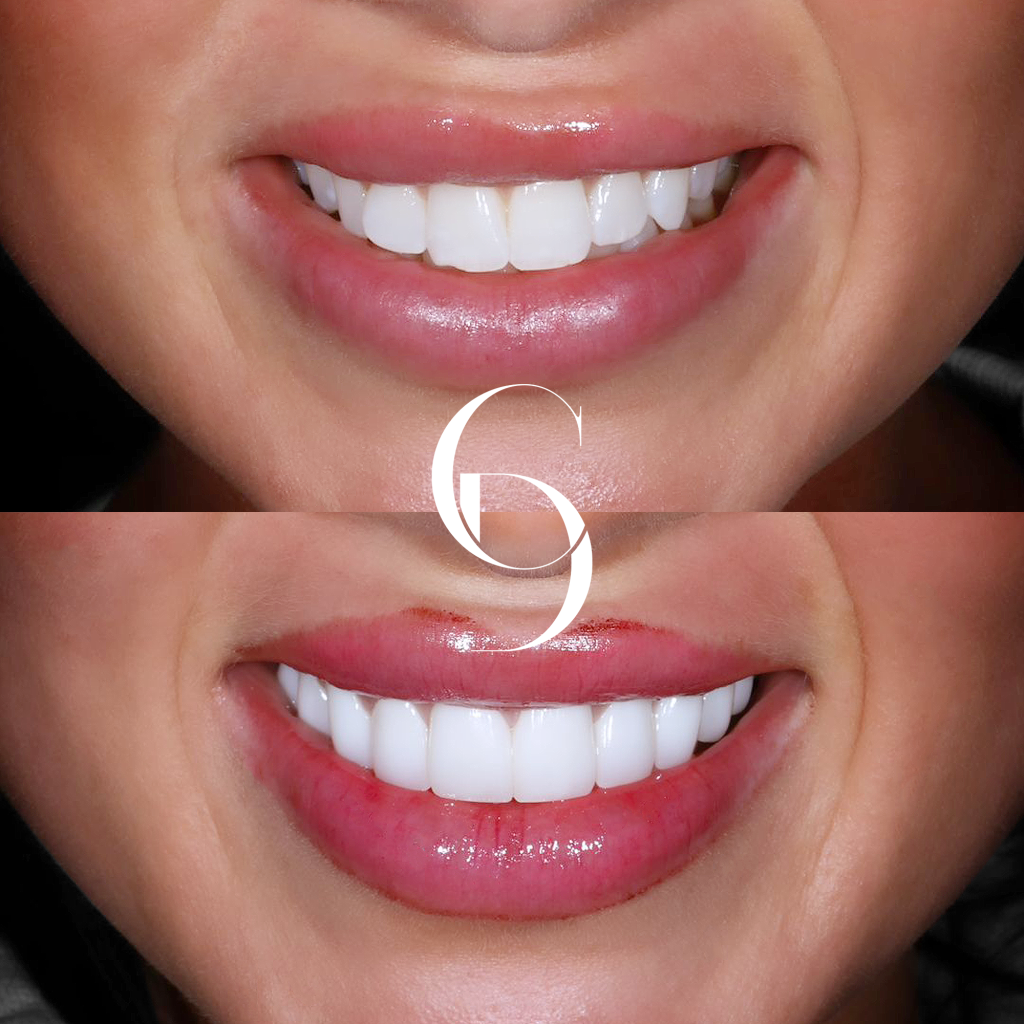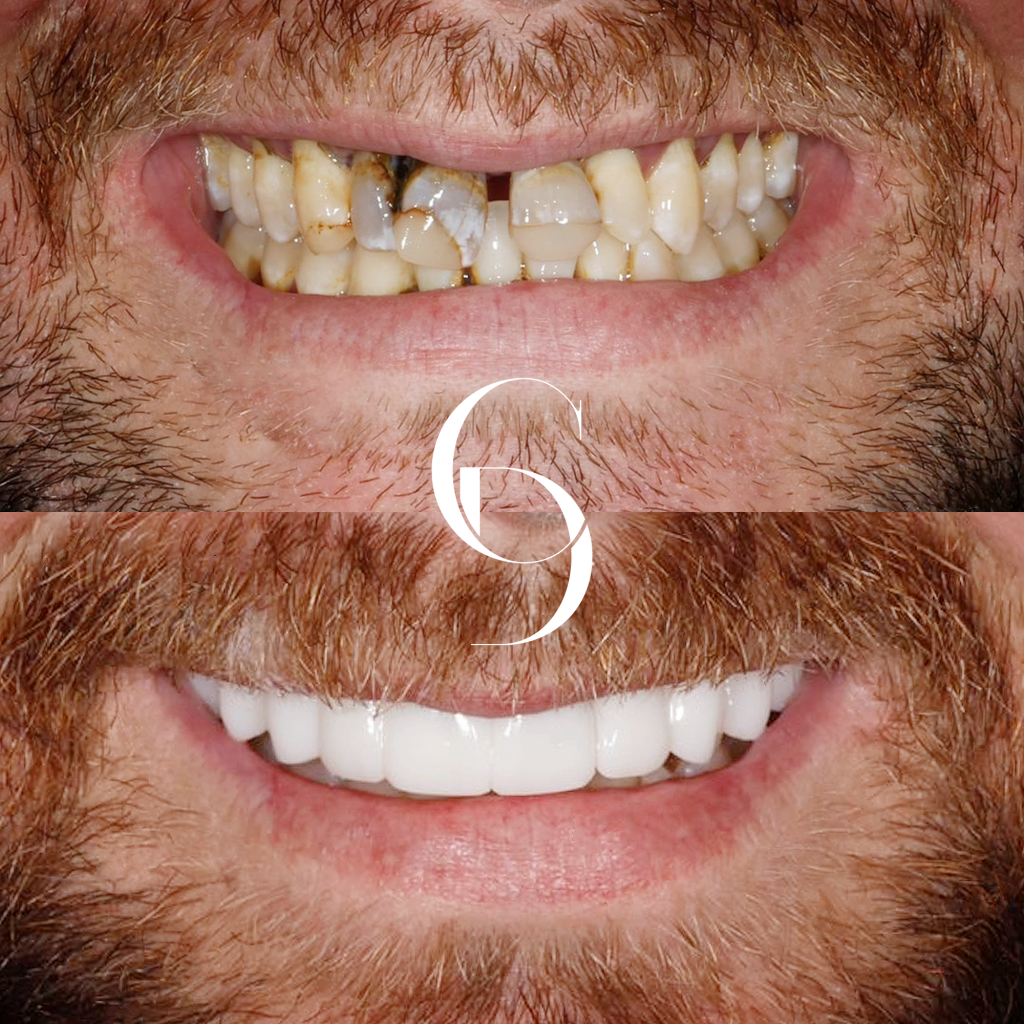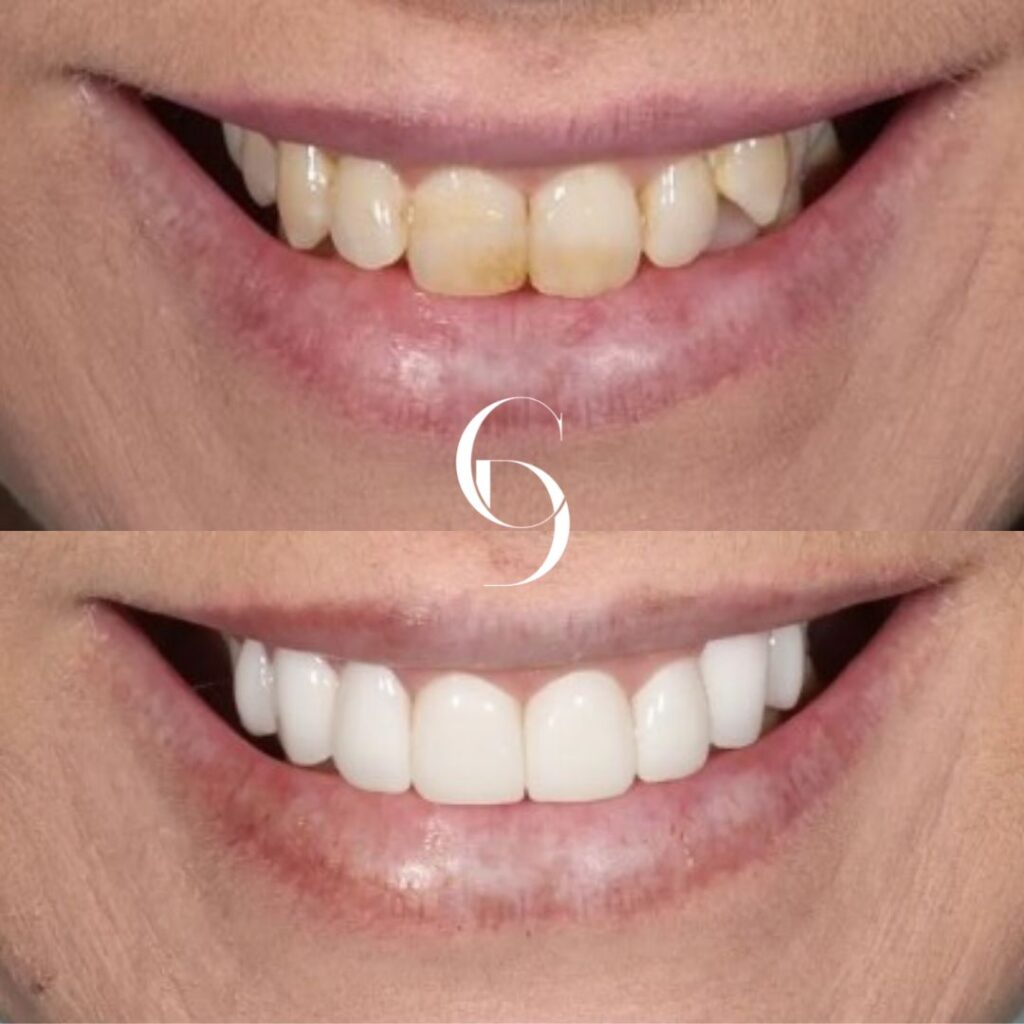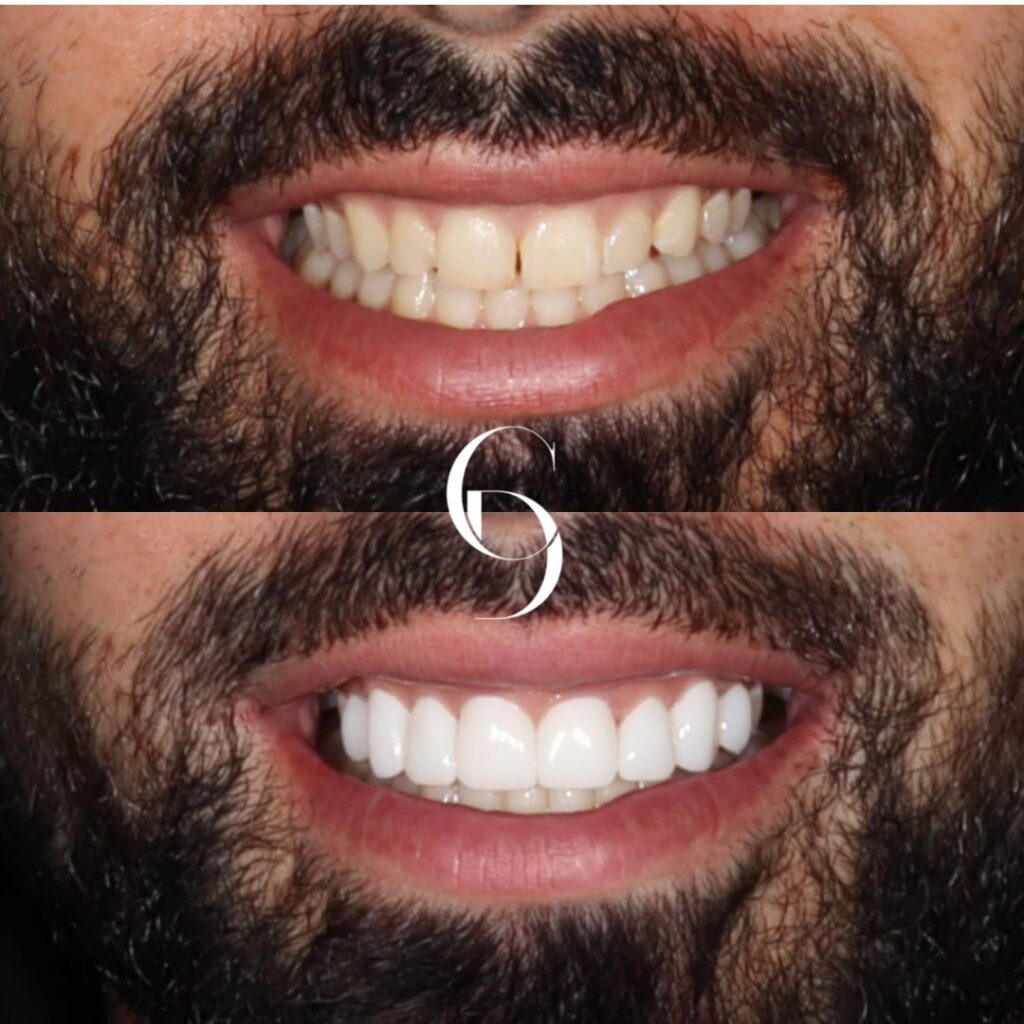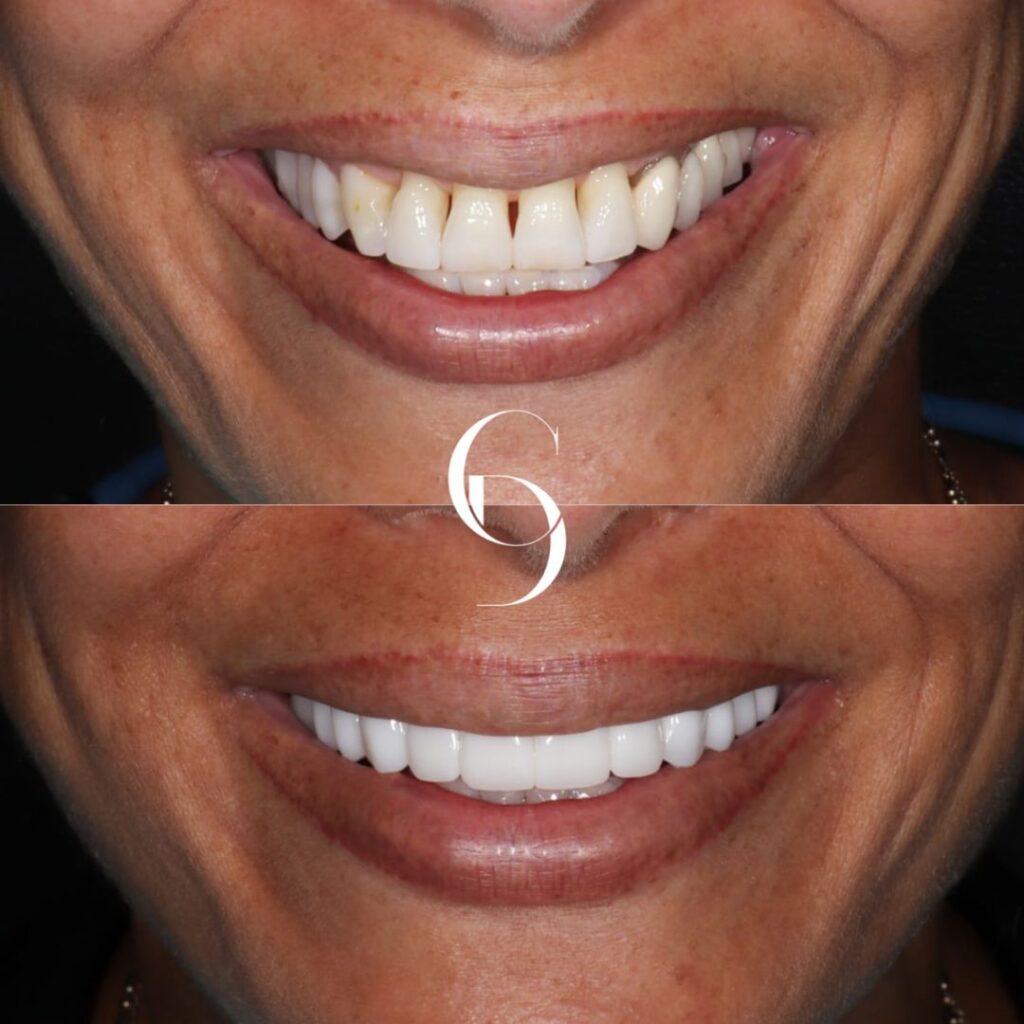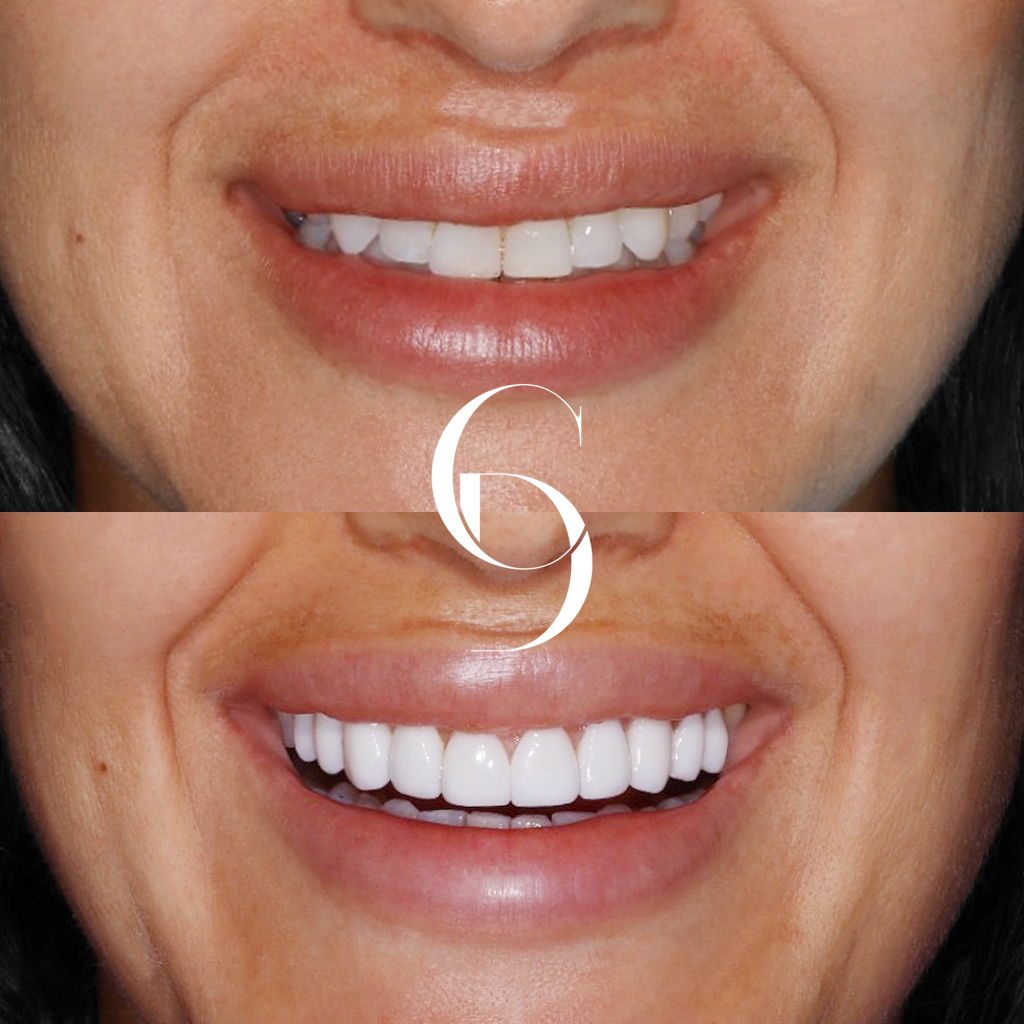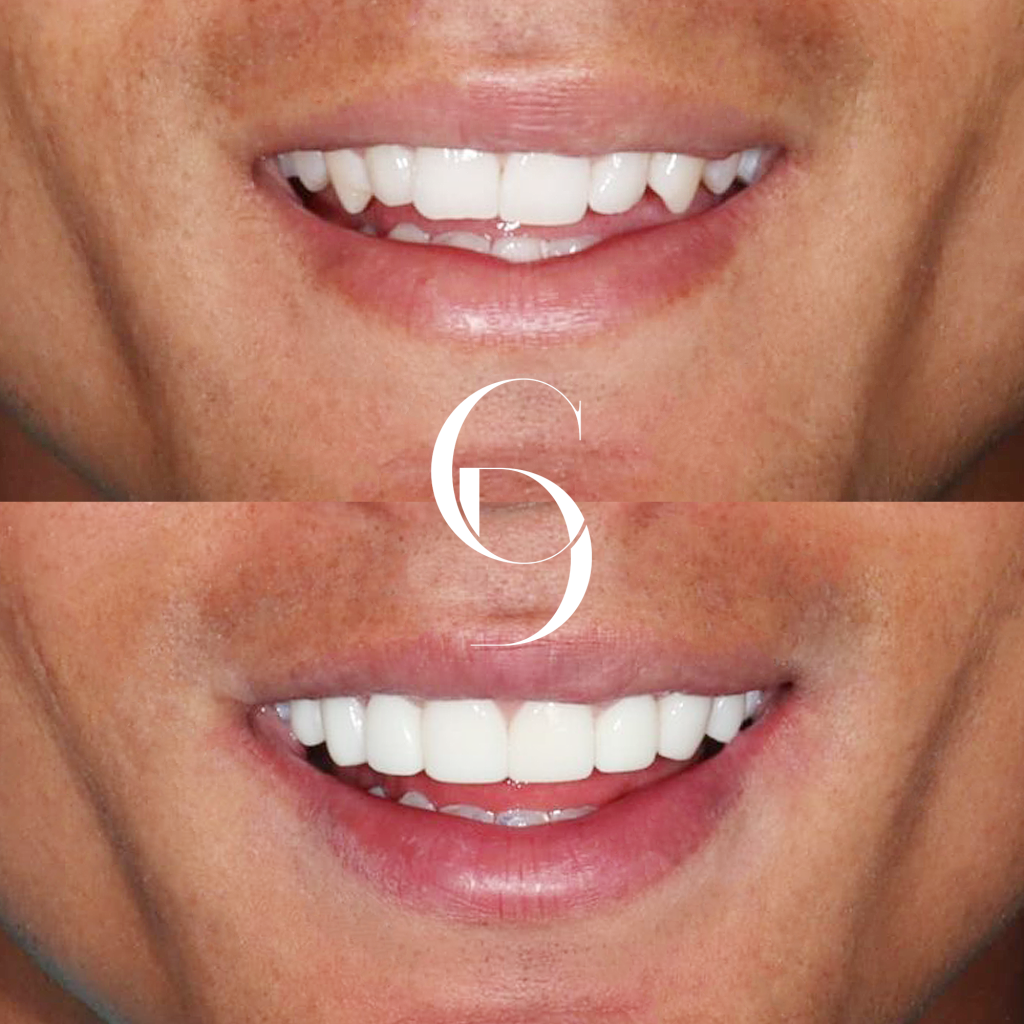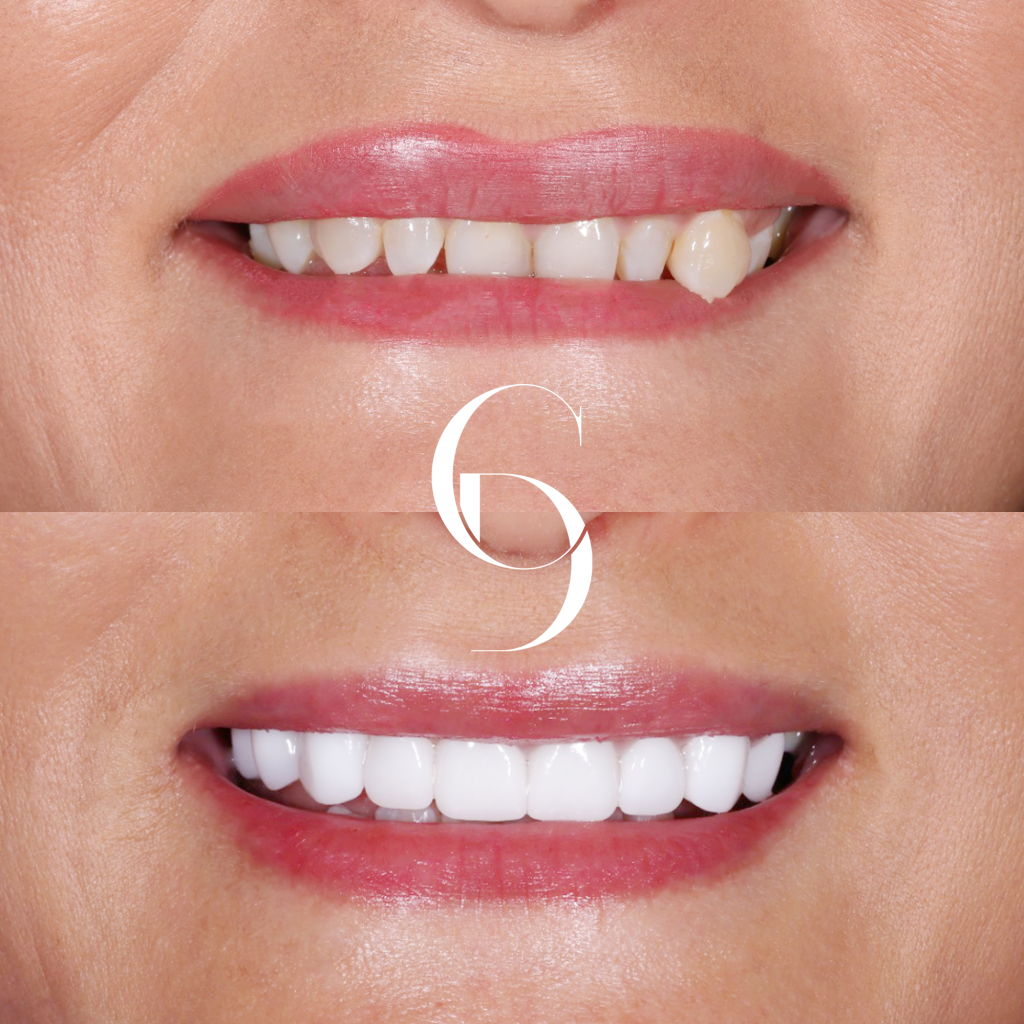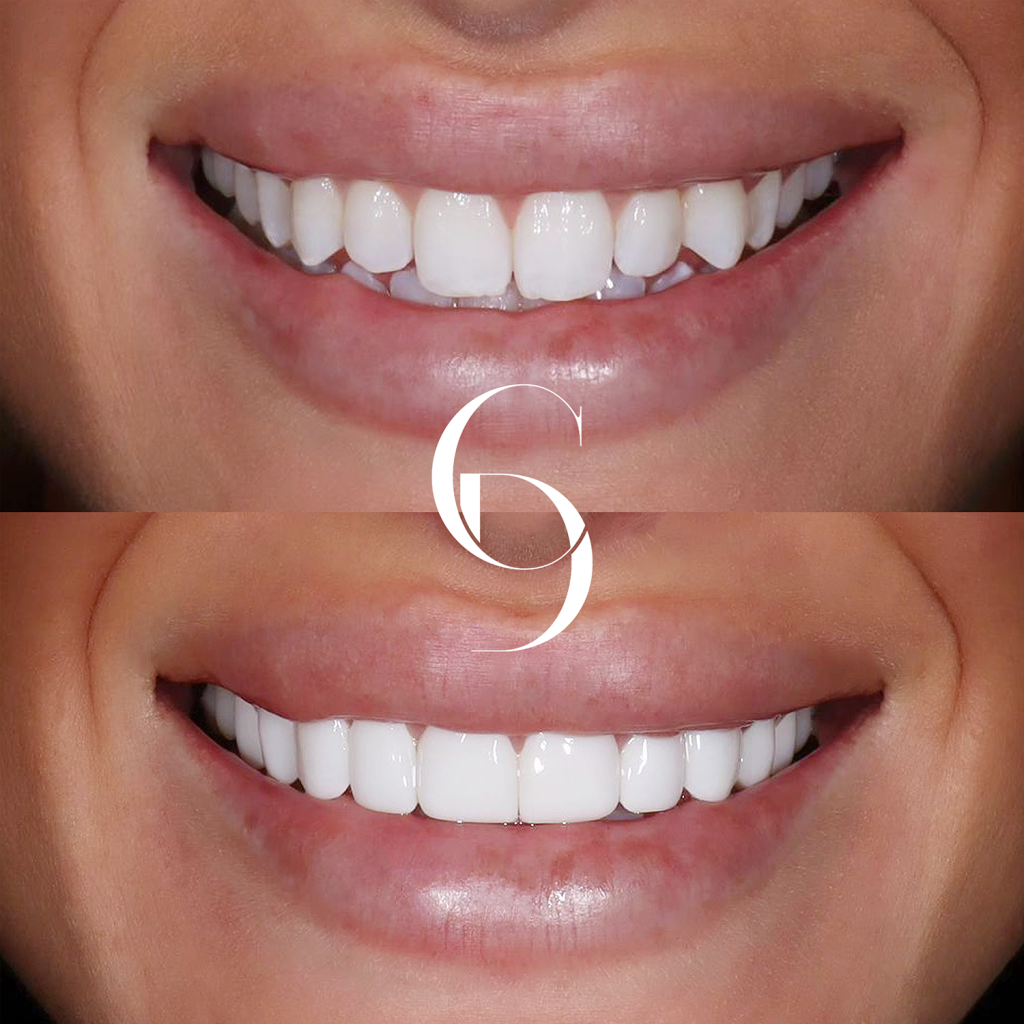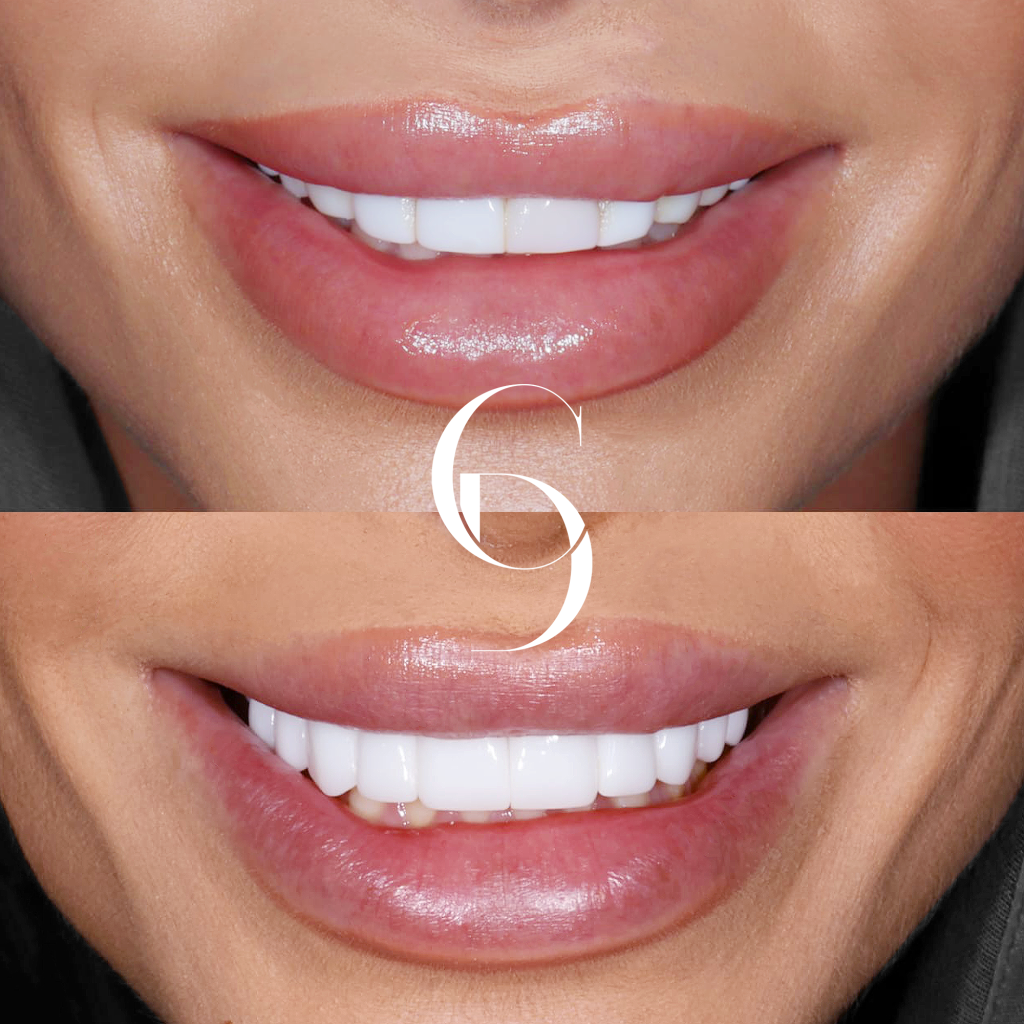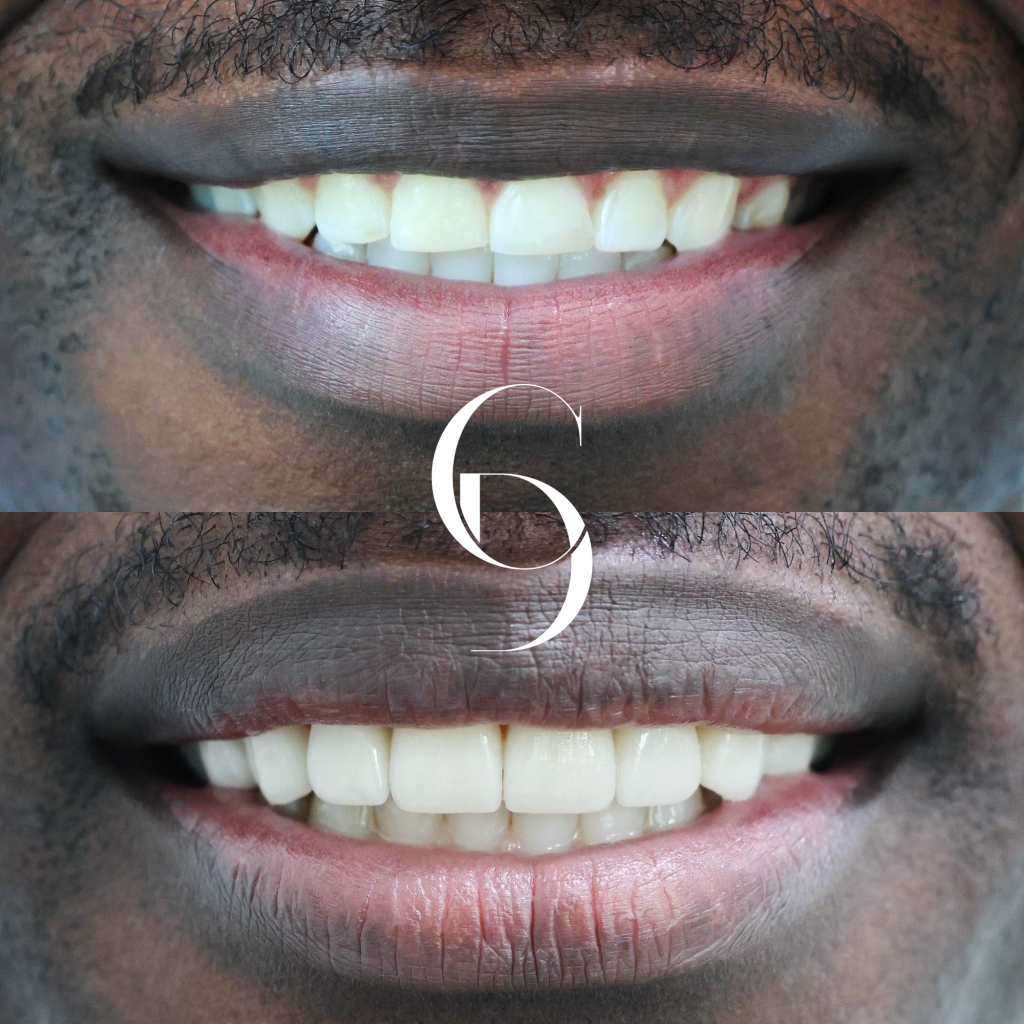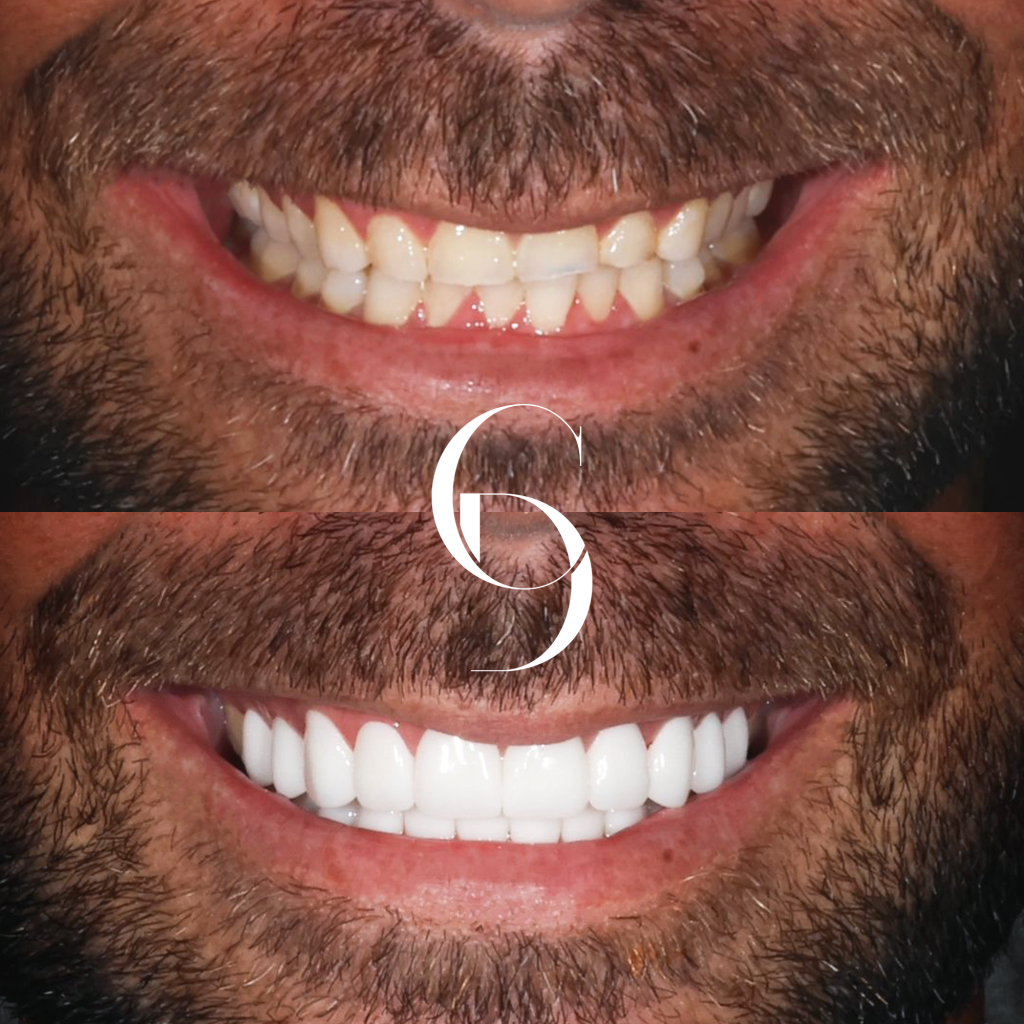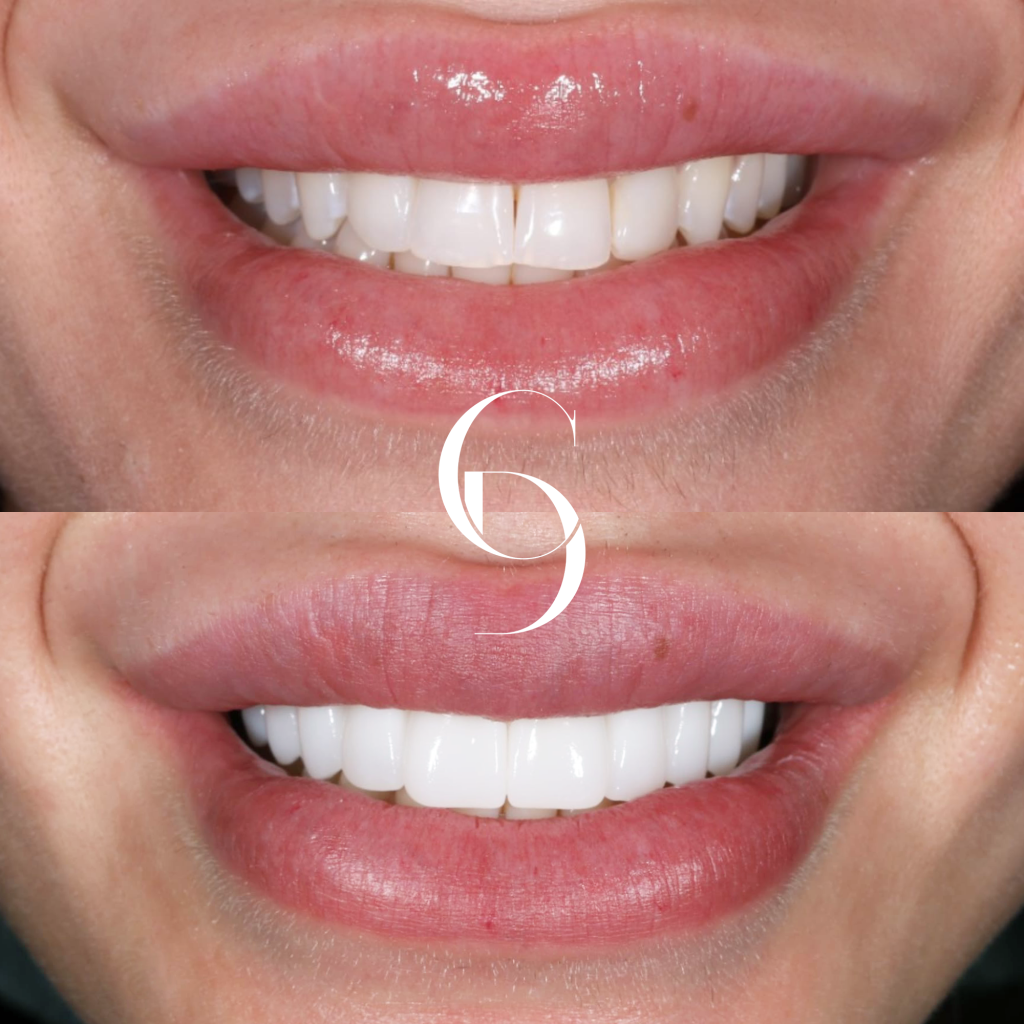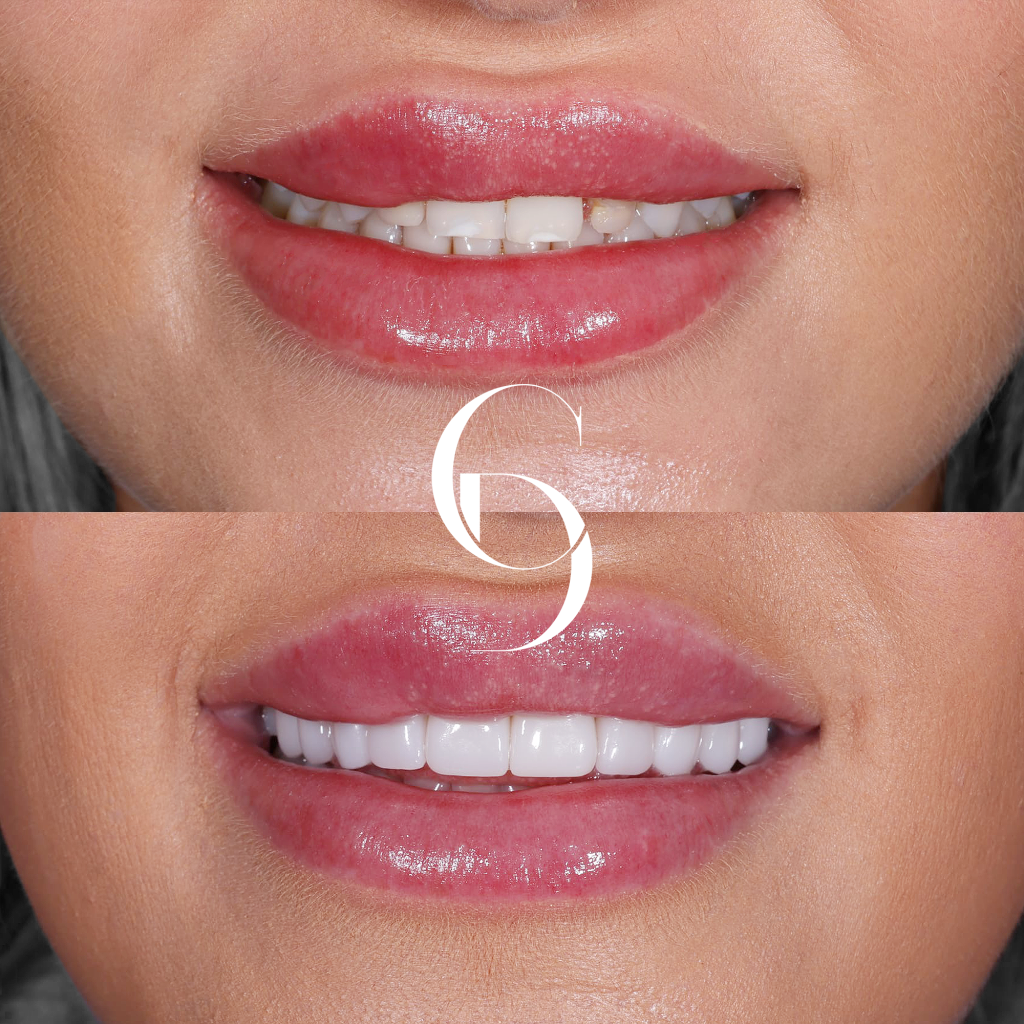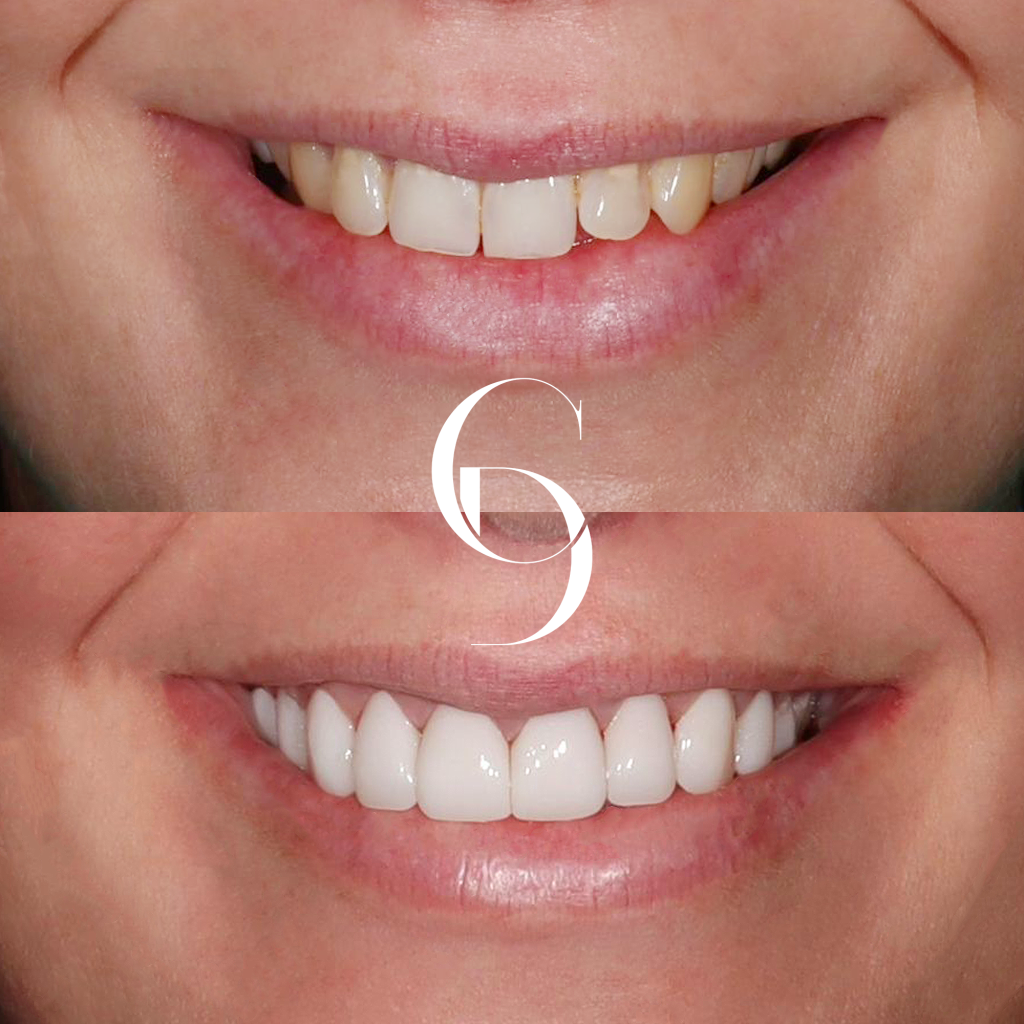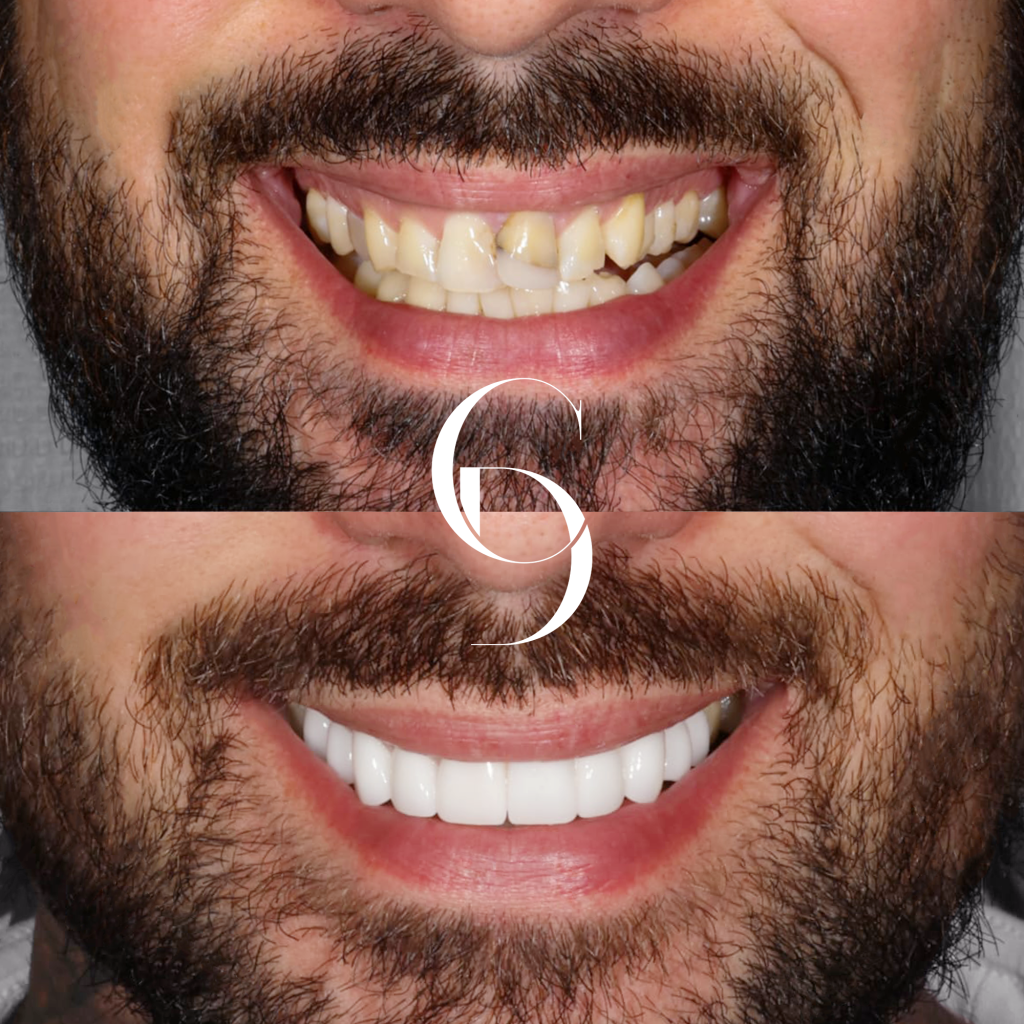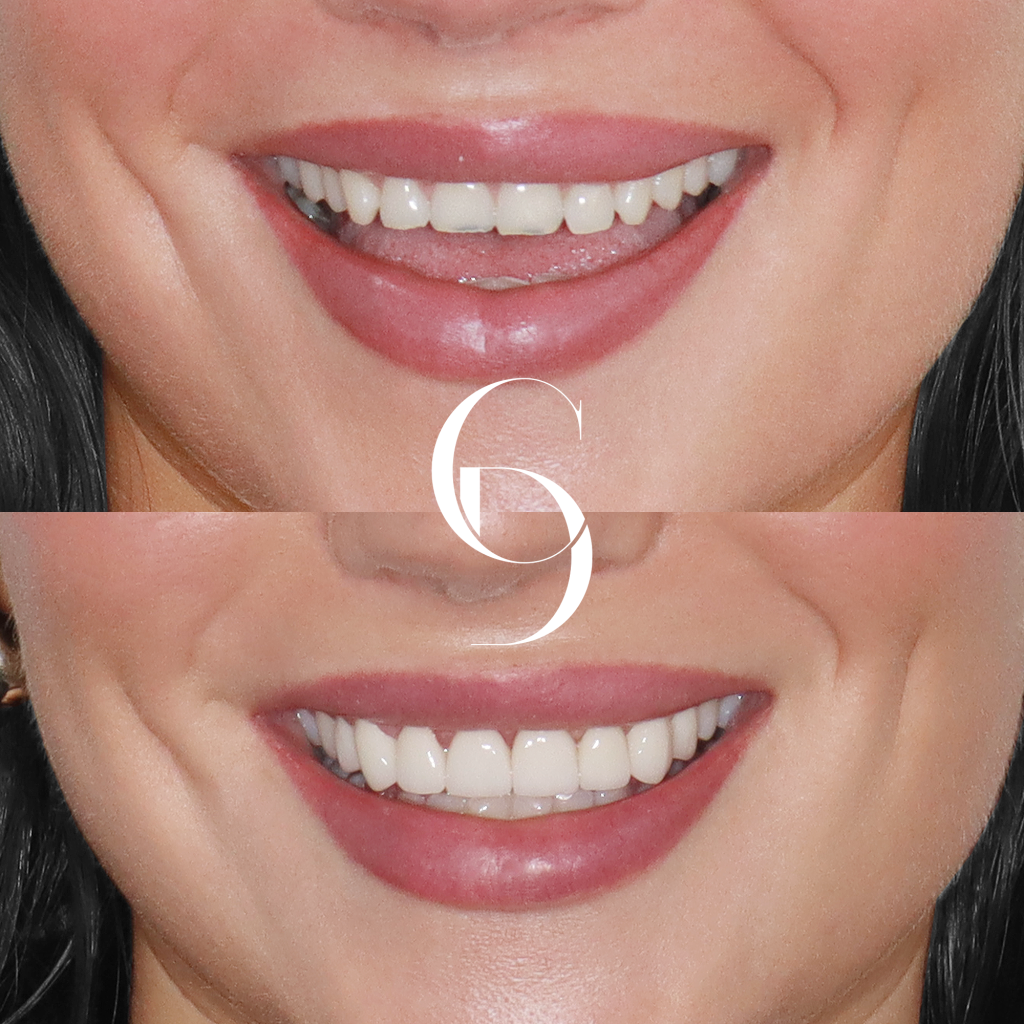Understanding the Different Types of Dental Implants
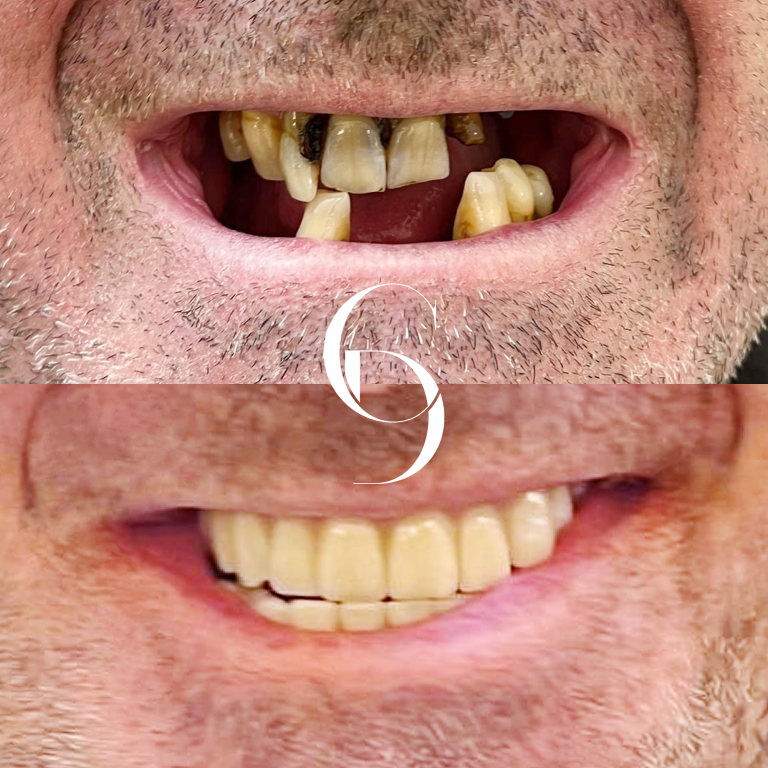
Missing teeth can have a huge impact on your self-esteem and day to day life. But luckily, dental implants offer a permanent replacement solution which can help to improve your standard of living. From helping you to chew properly, to giving you the confidence to smile freely, dental implants allow you to enjoy life without hesitation.
But with so many different types of dental implants available, it can be confusing which ones might be the right solution for you. From single tooth zirconia implants to All-on-4 dental implants, we’ll go through the options available to you to help you make an informed decision—with the help of your dentist of course!
What are Dental Implants?
Dental implants are designed to replace missing or damaged teeth by surgically inserting a small titanium post into the jawbone. This acts as a stable foundation for long-lasting, natural looking teeth replacements, such as crowns or bridges.
As you’ll see below, different types of dental implants have their own benefits. Whether or not they suit each individual person can depend on the patient’s dental health, bone structure, as well as personal preference. That’s why it’s important to consult with your dentist about what type of dental implant is suitable for you.
What Are the Different Types of Dental Implants?
As mentioned above, there are several different types of dental implants. Let’s break them down:
Implant Materials:
Titanium and zirconia are two types of dental implant materials that are commonly used in the screw that is implanted into the gums.
Titanium implants are seen as the industry standard, which are a strong solution that fuses well with the bone. Zirconia implants, on the other hand, are a metal free alternative that’s hypoallergenic and more aesthetically pleasing for people that are concerned about visible metal.
By Placement:
- The most common type of implants are endosteal implants, which are surgically placed into the jawbone and act as artificial tooth roots. They usually hold a single crown, bridge, or denture.
- Subperiosteal implants sit on top of the jawbone but under the gum. They may be used when a patient’s jawbone is unable to support endosteal implants and they don’t want a bone graft.
- And zygomatic implants are a less common option, which are anchored into the cheekbone instead of the jawbone. This placement is ideal for patients with significant bone loss.
By Function
- As the name suggests, a single tooth implant can replace a single missing tooth with an implant and a crown.
- Implant-supported bridges are used when multiple teeth are missing, with implants serving as anchors for a bridge.
- All-on-4, or All-on-6 implants are an advanced, cost effective full-arch restoration treatment, where four or six implants support an entire row of teeth.
- Mini Dental Implants (MDIs) are smaller, less invasive implants often used to stabilize dentures.
Ready To Restore Your Self-Confidence?
We know how much it means to be able to smile confidently. That’s why our friendly team is passionate about helping you restore your smile with expert cosmetic dental solutions. Book your consultation today and take the first step toward a brighter, more confident you!

